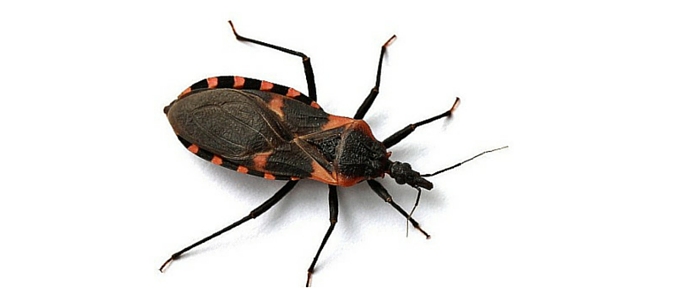
It’s that time of year again: the days are long, the sun is hot (or just hotter), and it seems that everyone is enjoying the great outdoors from sun-up to sundown. Whether you’re standing by the grill in your backyard or cooling off at the local watering hole, we Austinites know how to get the full summer experience.
While you might have adjusted to the Texas summer heat, so too have the insects that occupy the city each summer—and not just the pesky bugs you’re accustomed to seeing around your home either. Sure, the constant buzzing of a mosquito is easily identified, but the Austin area is home to some pretty weird bugs too.
Let’s explore a few of these summer pests.
The Africanized Killer Bees (Apis mellifera scutella)
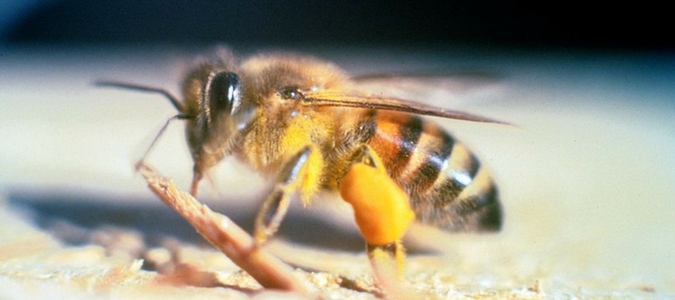
Jeffrey W. Lotz, Florida Department of Agriculture and Consumer Services, Bugwood.org
You’re probably thinking, “bees aren’t weird,” and we won’t argue with that. But bee-ware, Africanized Killer Bees aren’t like ordinary bees. In fact, they can be extremely deadly and are the result of a science experiment gone wrong!
This breed of bees is the hybrid of two species – the African Honeybee and various European cousins. And while their appearance is similar to your typical honeybee, they’re smaller in size and have a killer instinct far more dangerous. Their impulse to sting is 10-times greater than that of their counterpart, and they’ll chase their victims up to half a mile away.
To prevent possible stings, bee cautious of any underground hives or rotting logs.
The Texas Redheaded Centipede (Scolopendra heros)
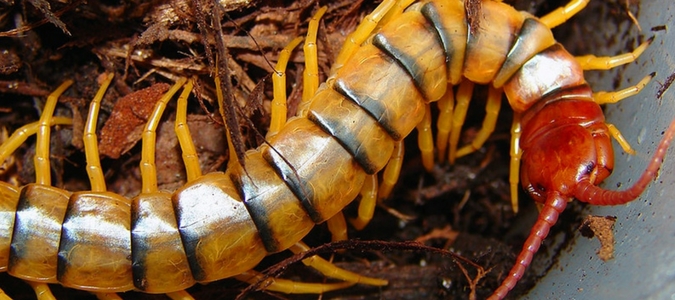
Also known as the Giant Desert Centipede, this bug is weirdly large—the largest of its kind to be exact (everything is bigger in Texas, right?). While they average about 6.5 inches in length, larger ones can measure as long as 8 or 9 inches. And despite its name, it doesn’t have hundreds of legs. In fact, this species typically has between only 21 and 23 pairs of yellow-colored appendages.
Though you can find the Redheaded Centipede in Austin, the bug is known to make a home all around the Lone Star state. So regardless of where you are, it’s important to keep your distance. These critters are highly venomous.
The Southern Flannel Moth (Megalopyge opercularis)
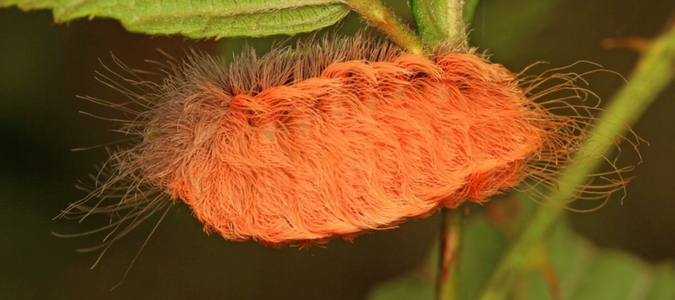
Credit: Judy Gallagher Sept 15,2014
Covered in a thick coating of fur-like setae on the body, the Southern Flannel Moth can appear harmless at first, but don’t be fooled—there’s a lot underneath that cute blanket of fur.
Sometimes identified as the Asp Caterpillar, the Southern Flannel Moth is most commonly known for its larva, or the Puss Caterpillar, one of the most venomous caterpillars in the U.S. If touched, the spines (or fur) break off and lodge into the skin, releasing its venom. Unlike other stings, contact with these spines can cause throbbing pain, a severe burning sensation, and rash.
The Southern Flannel Moth tends to emerge in early summer and can be found in shade trees and shrubbery around homes, schools, and parks.
The Kissing Bug (Triatomine Bug)

For this bug, its name was enough to grab our attention.
Though usually found outside, these bugs often enter your home via cracks and holes in your walls. Attracted to the carbon dioxide you exhale while breathing, they make their way to you, biting the areas of your face around the mouth and eye region while you sleep. Hence the name “kissing bug”.
Commonly misidentified as wheel bugs, stink bugs, and sometimes cockroaches, kissing bugs are slightly smaller and are usually dark brown or black with orange or red markings around the abdomen. While they do feed on humans, they feed predominantly on rats and other animals, including bed bugs.
The Long-Jawed Orb Weaver (Tetragnathae)
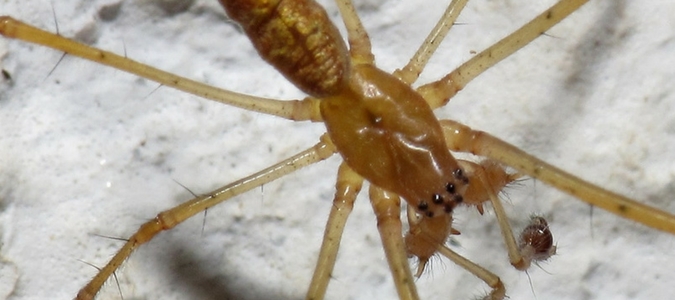
Credit: Lmbuga, Luis Miguel Bugallo Sánchez May 31, 2009
With over 4,000 spiders living worldwide, the long-jawed orb weaver differentiates itself with how and where he builds his web. This spider weaves a small, circular (orb) web, parallel to the floor, and between the stems of plants or shrubs. They’re most present near ponds or streams, and webs are often built just inches above the surface of the water.
Don’t leave us out
Identifying weird bugs living in Austin—and Texas in general—can be fun and exciting, but discovering them inside your home? Not so much.
If you find yourself with unwanted bugs around your home this summer, make the right choice and call ABC Austin. Our experienced team will provide you with a customized treatment plan to ensure your home remains pest free all summer long.
